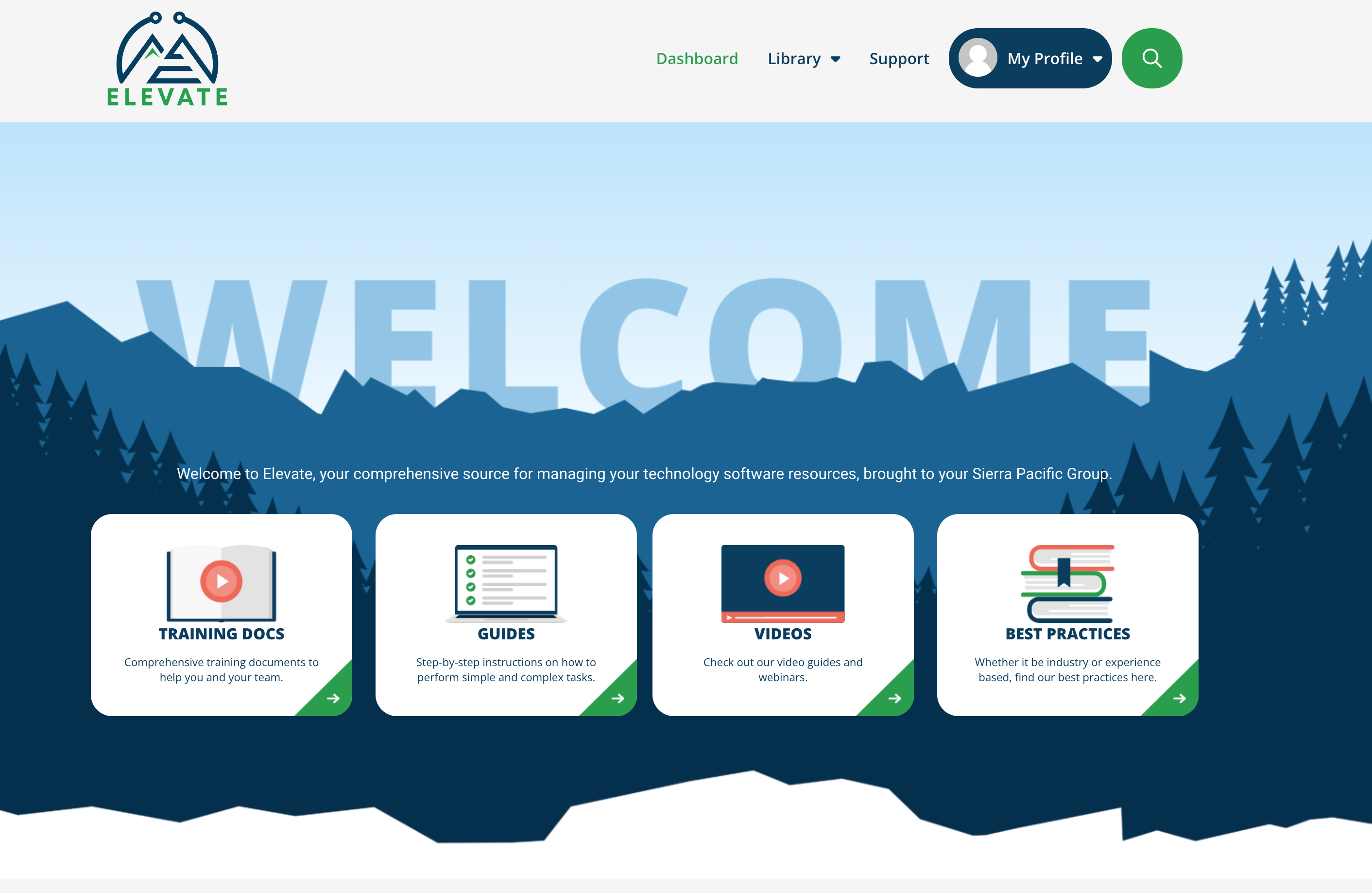What does it mean to be proactive?
By definition, proactive means creating or controlling a situation by causing something to happen rather than responding to it after it has happened. But what does that mean in the real world for MSPs?
Proactive services represents a broader term used by MSP’s to identify the service, support, monitoring and solutions needs to ensure Clients have the highest possible up-time and minimal disruption to their IT infrastructure.
Unlike the service of yesteryear, MSP’s and solution providers aim to ensure they respond to predictive or potential issues before becoming a problem. It has become the defacto service level for most MSP’s who utilize managed service agreements to provide IT support solutions.
Being proactive means your team is constantly monitoring, scheduling and executing the following:
- Backup and Disaster Recovery
- Routine Computer Maintenance
- Monitoring for Potential Issues
- Updating Software and Hardware
- Installing and Maintaining Security Software
- Warranty and Support Services
Are you ready to be proactive?
Being proactive isn’t always simple. Varying infrastructure, hybrid cloud, software differences, mobile vs. desktop all add complexity to maintaining a truly proactive approach to MSP solutions. MSP’s must consider the following when developing their proactive service approach:
- Age, complexity, structure and covered services.
- Hardware and software needs.
- Industry specific and regulatory backup, recovery and retention requirements.
- Critical and non-critical business needs.
Generally, a standard proactive approach can be applied to most businesses, but all MSP’s should consider and review Client specific needs to ensure their managed service agreements cover the proactive services. This also means MSP’s must evaluate the cost associated with the service delivery – including tool sets, employee costs, on-site visits, etc. – to ensure profitability.
Lastly, it’s important to define your proactive services – not only for your agreement obligations, but also to clearly inform Client’s and set the proper expectations. Let’s be honest, no amount of proactive service will prevent the inevitable disruption to IT service – just ask Microsoft and Amazon. Always make sure your Client’s understand this limitation.
Why do these services matter?
It comes as no surprise that technology is the backbone of business in the 21st century. Even small “mom and pop shops” rely on technology to conduct their business. Infrastructure uptime has become the key metric in evaluating the basic needs of technology solutions.
So, how does proactive service impact this vital metric? By providing the right services ahead of time, and monitoring to identify potential issues, MSP’s can be more strategic. They can make empowering decisions in real time, advocating for their clients’ interests instead of flying by the seat of their pants in an emergency.
This also means that competition in the MSP market is at an all-time high. It can take just a single event to cause a Client to seek service elsewhere. Having a properly defined and effective proactive solution ensures your business is not only providing the best service, but also keeping your Client’s happy.
Why should MSP’s be proactive?
Let’s get down to the nitty gritty… money. Integrating effective proactive services into your delivery keeps costs under control. It minimizes loss of business for the Client and ensures you have a long-term client.
Unexpected outages, data loss or disruptions costs money – both from a Client and MSP perspective. When a major outage occurs, MSP’s usually have to respond with an “all hands-on-deck approach” or at minimum assign several resources, including high-cost engineers. This can easily hit the bottom line and costs can get out-of-control. By having an effective and well-planned proactive service solution, your team can minimize these risks and reduce costs.
Another important factor in proactive service is reputation and perception. Most MSP clients fully rely on your expertise to manage their computer infrastructure. In many ways, it’s a thankless service provided by MSP’s as generally your interactions happen with “something is wrong”.
When major disruptions occur, Client’s can express frustration, concern and may even question the service. While nothing can 100% prevent outages – even with backup and disaster recovery – there will be downtime. However, proactive service can identify, remediate and prevent predictable issues. This gives you and the Client options… repair, migrate or prepare. When you contact the Client about a potential issue before it happens, you’re the hero.
Is it difficult to be proactive?
The answer is yes and no. Complicated, legacy and hybrid environments can add challenges when formulating proactive services. However, most MSP clients are smaller businesses with relatively simple infrastructure needs. Basic monitoring of hardware and services immediately puts you on the right track, but it’s important to also identify potential weak points – aging hardware, unsupported software and internet connectivity.
Once you have identified the potential weak points, build out the maintenance plan, ensure or create monitoring, have an escalation process and put it all in writing. Your team should be aware of these expectations and the technology (monitoring tools, etc.) should meet those needs.
Most importantly, talk to your Clients! Make sure you communicate concerns about their environment, inform them of potential future issues and keep them in the loop. Don’t ever hesitate to share what your team has been and will be doing to keep them running. This reassures them that your team is always paying attention and that you have their backs.





